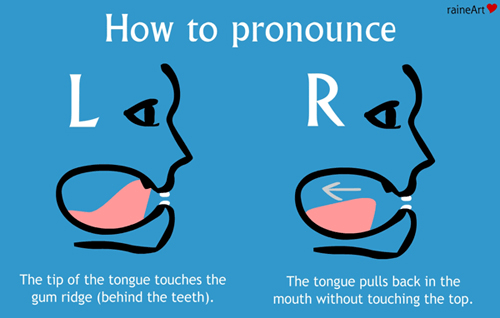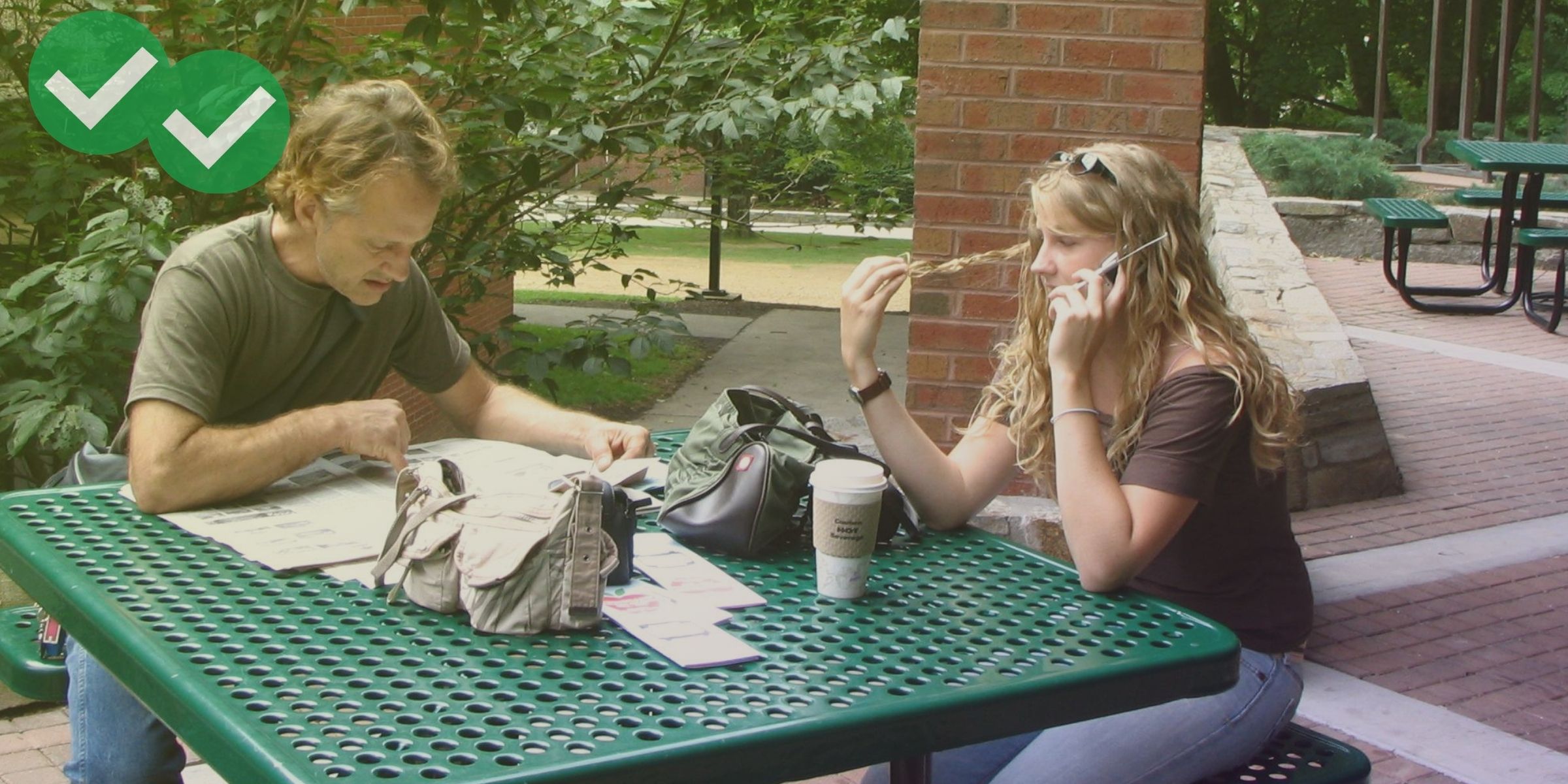We all make the sounds in our native language without thinking. This is why it can be very hard to learn the pronunciation of new sounds in a second language. To learn new sounds more easily, you have to be consciously aware of your tongue.

As Linus can tell you, being aware of your tongue is not natural. It can seem weird to actually think about different ways your tongue can move. But think you must. With any luck, you won’t panic like Linus did. In fact, with a little tongue awareness may actually make you calmer. You can gain a lot of confidence by learning the basic mouth movements for English sounds.
Some mouth movements are easier than others. To teach the “v” sound, I show my students the simple action of putting their upper front teeth against their lips. From there, I have them breathe out with their voice, keeping their teeth against their lips. Most students can do these two steps correctly on the first try.

Other sounds are not-so-easy. The “r” sound in North American English is challenging for many students. Many languages don’t have an “r” sound like the one in English. In languages that do have “r,” the non-English “r” is more similar to “l.” While “r” and “l” can have similar sounds, the tongue movements for these sounds in English are quite different. Observe:

Unfamiliar vowels can be hard too. Vowel mouth movements involve little direct contact between the tongue, lips, or teeth. These subtle movements do not always have a distinct “feel” in the mouth. Additionally, the sound of English vowels differs depending on the accent of the speaker. The Rachel’s English Youtube channel has a great video on American and British vowel mouth movements here:
Study Resources:
- Paul Noll’s web page, American “Clear Speech” Sounds. This excellent site has simple diagrams of mouth movements for all of the sounds in English. The page also includes some exercises to practice similar sounds, such as “f” and “p.”
- Rachel’s English. Both the website and the Youtube channel have clear instructions on mouth positions for English pronunciation. These instructions include helpful photographs and multiple videos about mouth movements.
- The University of Iowa’s Sounds of Speech App. This smart phone app provides animated images of mouth movements for different English sounds. This service has helped my students a lot. Go to Youtube for sample of this app’s animations.
- Judy Gilbert’s Clear Speech book series. This is another resource I’ve often used with my students. These books include listening CDs, diagrams of mouth movements, and easy-to-understand tutorials/activities. They are great for classroom learning tutoring sessions, and self-study.





